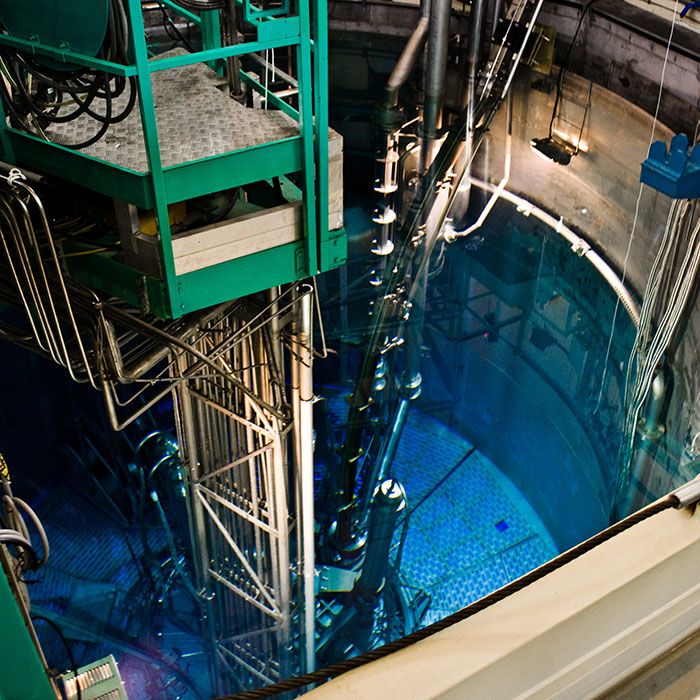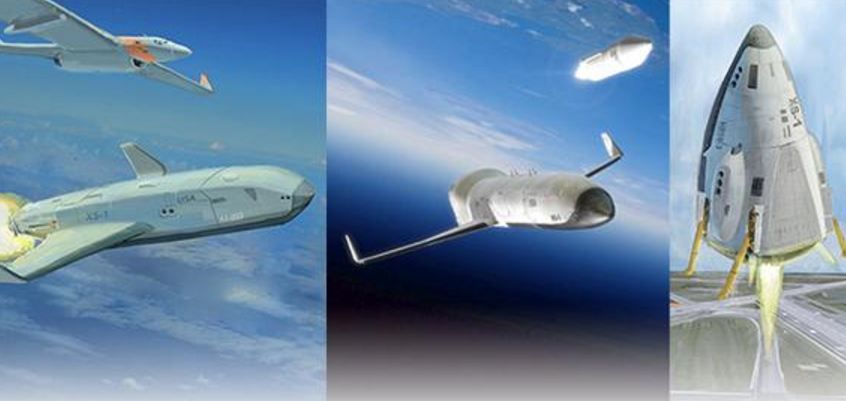May 11, 2016
New tattoo ink disappears in a year, can be removed on demand
Posted by Shailesh Prasad in category: particle physics
Anyone who has ever gotten, or even thought about getting a tattoo had heard a snarky warning from others about how they’re forever. Well, maybe they aren’t. A company called Ephemeral has designed a two-part system for tattoos that last about a year. It’d probably be a smart move for people who have trouble with commitment.
Traditional tattoos are permanent because the ink particles embedded in the skin are too large for the immune system to clear. Existing methods of tattoo removal with lasers essentially break the particles down until they can be easily cleared. Of course, it really, really hurts. Ephemeral has engineered a two-part system consisting of dye molecules encapsulated in a protective structure and a removal solution.
The protective coating of the dye molecules is engineered to last about one year, at which time it starts breaking down. The tattoo will begin fading rapidly at that point, though it’s not clear how long it will take to fully disappear. The removal solution can be added to the skin at any time by a tattoo machine over top of the Ephemeral tattoo to instantly break down the coating and “erase” parts or all of a tattoo.
Continue reading “New tattoo ink disappears in a year, can be removed on demand” »

















